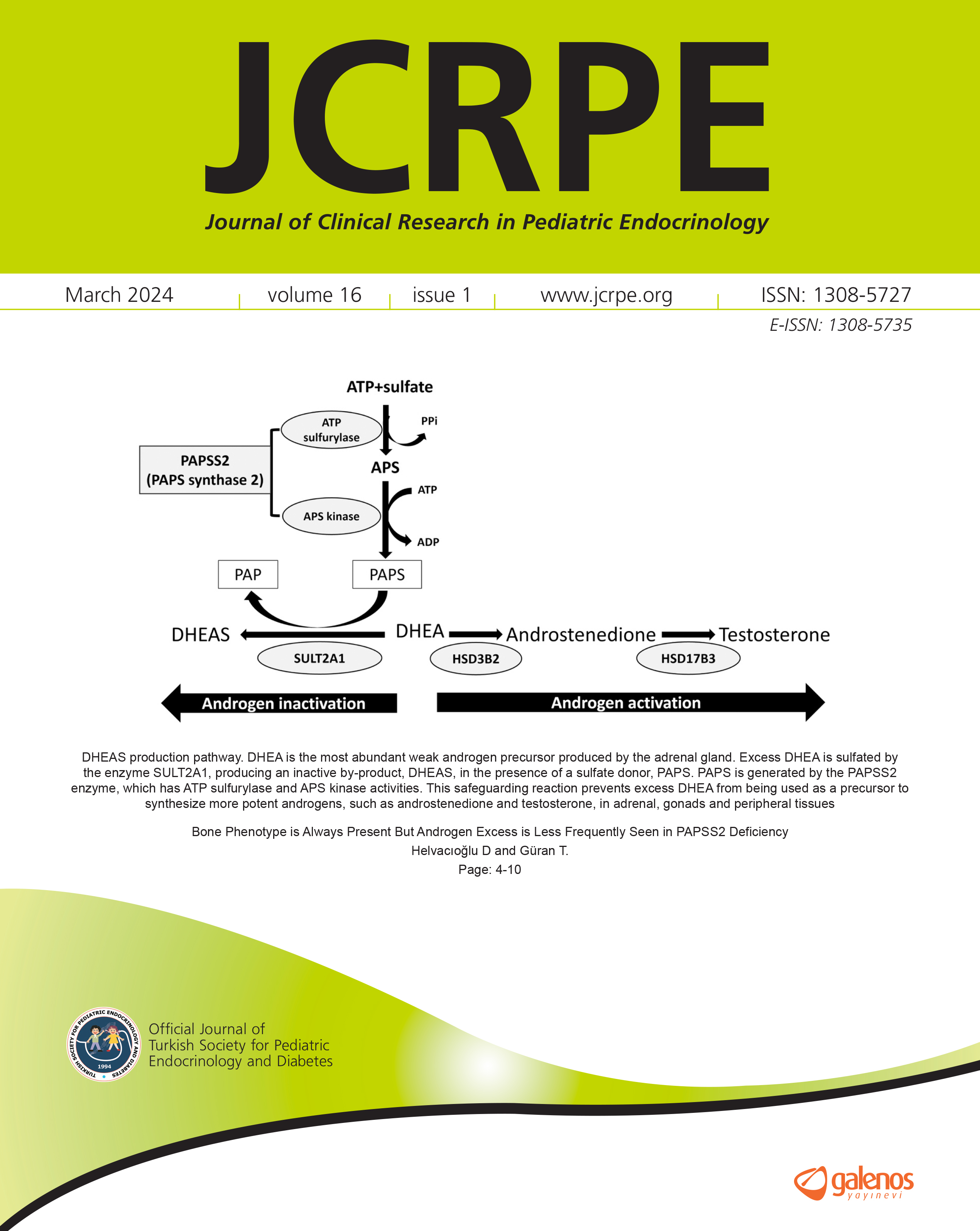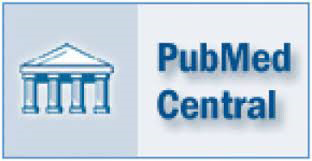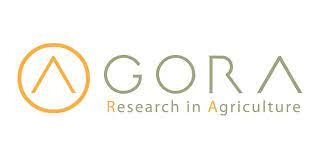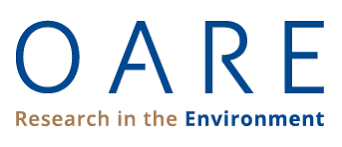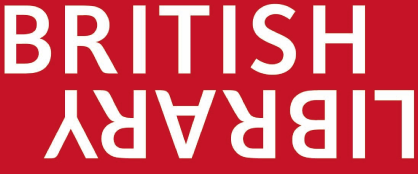Factors Affecting Thyroid Elastography in Healthy Children and Patients with Hashimotos Thyroiditis
Serkan Bilge Koca1, Turgut Seber21University of Health Sciences Turkey, Kayseri City Hospital, Clinic of Pediatrics, Division of Pediatric Endocrinology, Kayseri, Turkey2University of Health Sciences Turkey, Kayseri City Hospital, Clinic of Radiology, Division of Pediatric Radiology, Kayseri, Turkey
INTRODUCTION: Hashimotos thyroiditis (HT) is the most common form of thyroiditis in childhood. In addition to thyroid ultrasonography, shear-wave elastography (SWE) can evaluate thyroid parenchyma tissue stiffness, and more detailed findings can be obtained with this method. We aimed to evaluate the relationship between SWE values and clinical, biochemical and hormonal parameters of patients with HT and in healthy individuals.
METHODS: We compared 46 newly diagnosed HT cases with 46 healthy controls. We examined the effect of all metabolic parameters and thyroid-related markers on SWE values.
RESULTS: The mean SWE values in those patients with euthyroid HT were 12.5±5.1 kilopascal (kPa), whereas it was 8.2±2.82 kPa in healthy controls (p<0.001). Although the clinical [age, gender and body mass index (BMI)] and laboratory parameters (such as thyroid function tests, homeostasis model assessment of insulin resistance, insulin-like growth factor-1 values, which we think may affect SWE scores) of those children with HT and the healthy controls were statistically similar (p>0.05), except for their thyroid autoantibodies and thyroglobulin, SWE values and thyroid volume were significantly higher in those individuals with HT (p<0.001). Multiple linear regression analysis was performed to evaluate the direction and degree of the effect of the variables on thyroid elasticity scores. It was observed that age (p=0.002), BMI standard deviation score (SDS) (p=0.04) and anti-thyroid peroxidase (p=0.008) levels were effective on the thyroid elasticity score in the regression model. We detected a SWE cut-off value of 9.68 kPa with 68% sensitivity and 72% specificity, a 70% positive predictive value, and a 69% negative predictive value in thyroid elastography when differentiating between cases with HT and healthy controls.
DISCUSSION AND CONCLUSION: Our results show that no metabolic factor other than BMI SDS has any effect on SWE scores, especially in healthy children. There was a positive correlation between BMI SDS and SWE in healthy children (r=0.353; p=0.02), but not in those patients with HT (r=0.196; p=0.19). Likewise, age is another factor affecting SWE only in healthy children. We do not recommend routine evaluation of any laboratory parameters other than thyroid functions before thyroid elastography.
Corresponding Author: Serkan Bilge Koca, Türkiye
Manuscript Language: English

